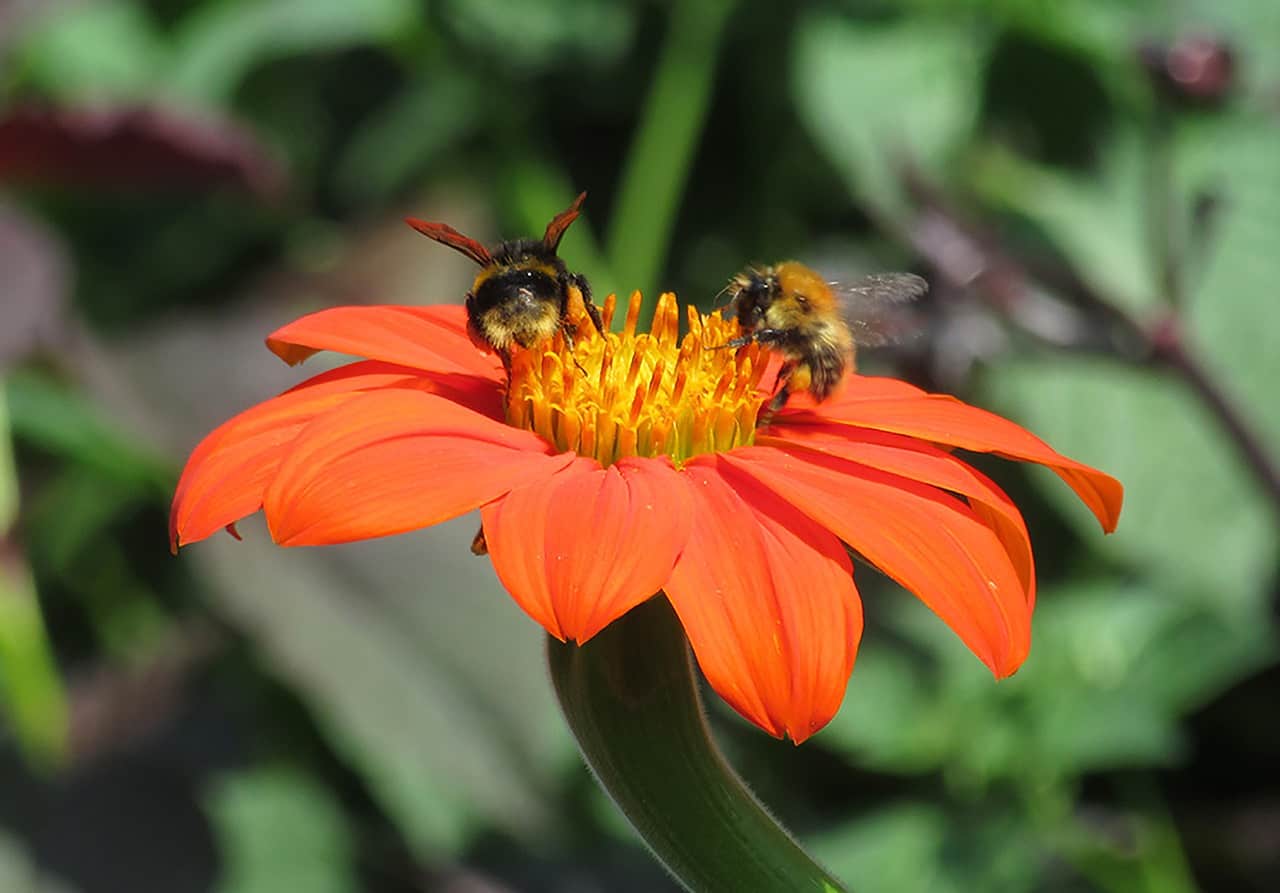“It’s not that people are indifferent; it’s just that they don’t even know about it.”
Key pollinators like bees and insects have experienced dramatic declines in their numbers, yet their plight receive precious little attention in the news media, scientists say.
A team of researchers at the University of Illinois Urbana-Champaign in the United States did a search of nearly 25 million news items from two prominent U.S. newspapers (The New York Times and The Washington Post) and four global wire services: The Associated Press, Agence France Presse; Deutsche Presse Agentur, and China’s Xinhua General News Service.
What they found were “vanishingly low levels of attention” paid to the declines in pollinator populations across much of the planet over the past several decades. The coverage of this subject, the scientists say, pales in comparison with that about other environmental topics like climate change.
In addition, “while climate change stories appear primarily in newspaper ‘front sections,’ pollinator population stories remain largely marginalized in ‘science’ and ‘back section’ reports,” which far fewer people tend to read, explain the researchers in a new study aptly titled “No buzz for bees.”
“As much as the entomological community is gripped by this impending crisis, it appears the public isn’t paying much attention,” explains May Berenbaum, a leading expert on pollinator declines who was one of the three editors of the special issue of the Proceedings of the National Academy of Sciences in which the study appeared.
“It’s not that people are indifferent; it’s just that they don’t even know about it,” she says. “[Yet] it’s a serious problem for everybody. Insects provide essential ecosystem services that people aren’t aware of and take for granted, and for which we have no substitutes.”
Complicating matters is that most current studies on the rapid declines in the number of pollinators have been conducted in Europe and North America, which means that “we don’t even know how serious the problem is,” Berenbaum says. Yet most insect biodiversity, including pollinator diversity, is in the tropics.
If we continue to remain largely oblivious to an ongoing apocalypse of insects (which is driven largely by habitat loss, climate change and insecticide use), we won’t be able to reverse the trends effectively so as to save fragile ecosystems that depend on insects and other pollinators for their survival. That is why increased media attention to this topic is essential.
Meanwhile, we can all try and improve matters for pollinators in small ways.
“[W]e can make a difference in the decisions we make about what flowers we plant in our gardens, which weeds we tolerate in our yards, even how we manage insect pests,” stresses Berenbaum. “A single backyard bug zapper, for instance, can kill tens of thousands of harmless insects over the course of a summer, including many pollinators, while killing barely a thimble-full of mosquitoes.”
This story first appeared on Sustainability Times
South Africa Today
© 2021 Sustainability Times.
This article is licensed under a Creative Commons Attribution-ShareAlike 4.0 SA International License.












